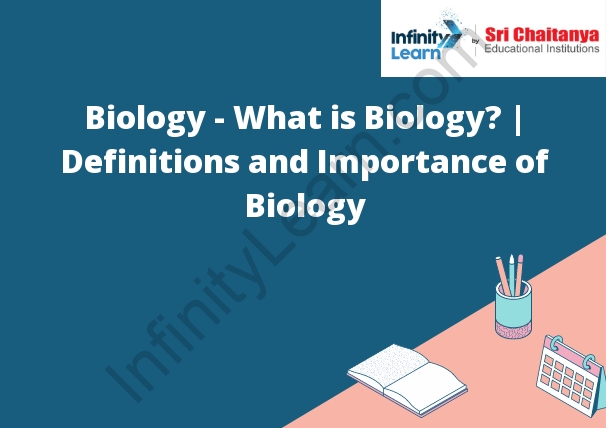Table of Contents
What is Biology? – Definitions, Topics and Importance of Biology; Biology – In Detail; Branches of Biology; History of Biology
Biology is the study of life and living organisms. It is a natural science that involves the study of plants and animals, the structure, function, growth, origin, evolution, and distribution of plant and animal life.
Topics of study in biology include the molecular and cellular levels of organization, genetics, evolution, ecology, and the diversity and behavior of organisms.
The importance of biology lies in its ability to provide insights into the nature of life and the processes that sustain it. Biology has applications in medicine, agriculture, and environmental protection, among other areas.
Biology is divided into several branches, including botany, zoology, microbiology, and immunology. Each of these branches provides insights into different aspects of life.
The history of biology dates back to ancient Greece, where philosophers and scientists first began to ask questions about the natural world. Over the centuries, biologists have made significant advances in understanding the structure and function of life.

Biology Topics
1. The Cell
1.1. The cell is the basic unit of life.
1.2. Cells are made up of tiny organelles that perform specific functions.
1.3. Cells are able to create new cells through cell division.
1.4. Cells are able to adapt and change in response to their environment.
1.5. Cells are able to communicate with each other and with other tissues in the body.
2. DNA
2.1. DNA is the genetic material that makes up cells.
2.2. DNA is made up of four base molecules: adenine, cytosine, guanine, and thymine.
2.3. DNA is responsible for the genetic information that determines an organism’s characteristics.
2.4. DNA is replicated and passed down from generation to generation.
2.5. DNA can be damaged or altered, which can lead to genetic disorders.
3. Genetics
3.1. Genetics is the study of how genes are passed down from parents to offspring.
3.2. Genetics is responsible for determining an organism’s characteristics.
3.3. Genetics can be used to identify genetic disorders and treat them.
3.4. Genetics is a rapidly growing field of study with many applications.
4. Evolution
4.1. Evolution is the
Divisions of Biology
There are many different types of biology. Some of the most common divisions of biology are:
-Anatomy: The study of the structure of the body
-Physiology: The study of the function of the body
-Ecology: The study of the relationship between organisms and their environment
-Genetics: The study of heredity and the variation of organisms
-Cell biology: The study of the structure and function of cells
-Molecular biology: The study of the structure and function of molecules
Important Topics in Biology
for JEE Mains
There is no single topic that is more important for the JEE Mains than any other in biology. However, there are a few topics that are more likely to appear on the exam than others. These include basic concepts of genetics, cell biology, ecology, and evolution. Additionally, students should be familiar with the taxonomy of living organisms and the principles of biochemistry.
Origin of the Term “Biology”.
The word “biology” comes from the ancient Greek word βίος, bios, meaning “life” and the suffix -λογία, -logia, meaning “the study of”.
Origins as a Field of Study
The origins of a field of study refers to the beginnings of the academic discipline. It can be traced back to the very first scholars who studied a certain topic and developed the theories and methods that are still used in the field today.
The origins of sociology, for example, can be traced back to the work of Karl Marx and Max Weber in the late 19th century. They were some of the first scholars to study social phenomena systematically and develop the theories and methods that are still used in the field today.
The origins of psychology can be traced back to the work of Wilhelm Wundt and other early psychologists in the late 19th century. They were some of the first scholars to study the human mind and develop the theories and methods that are still used in the field today.









